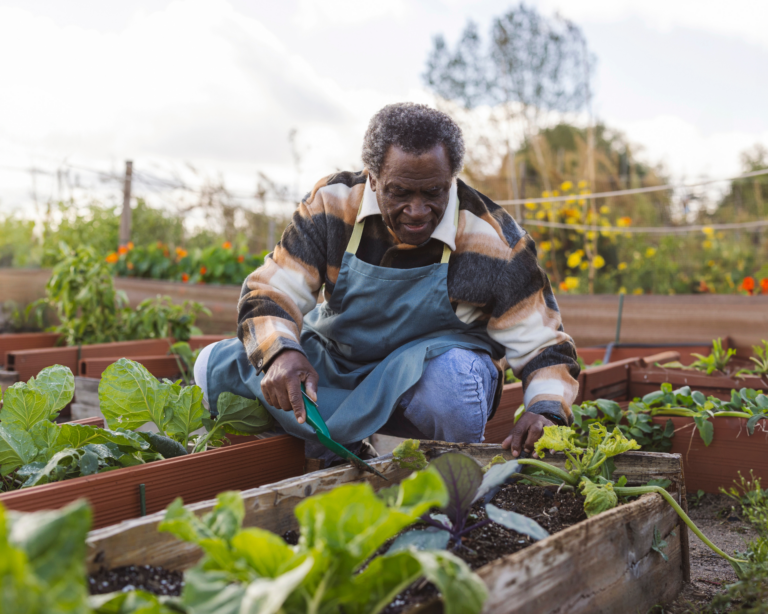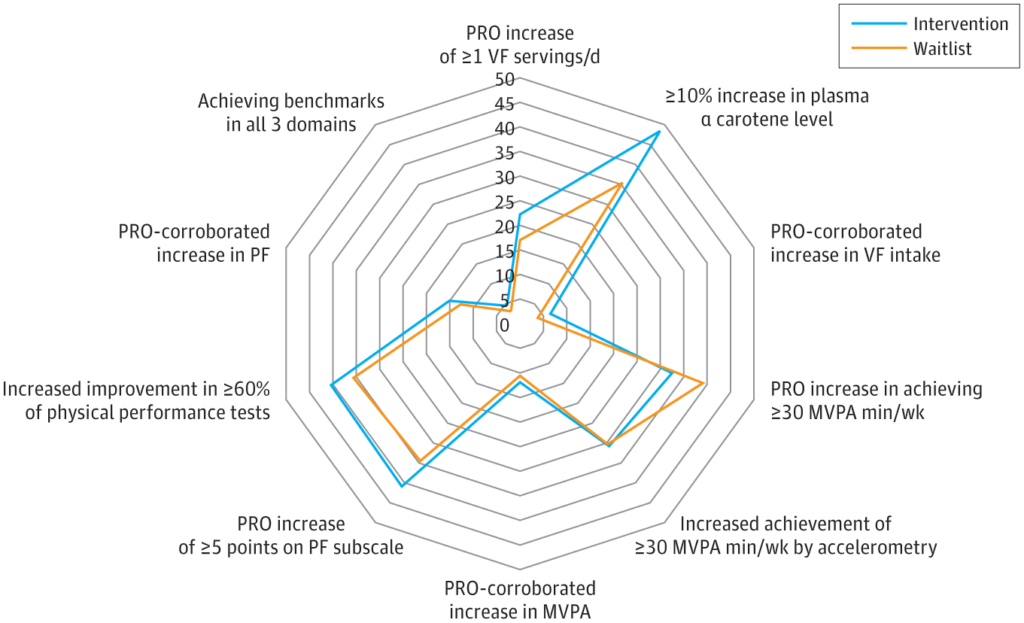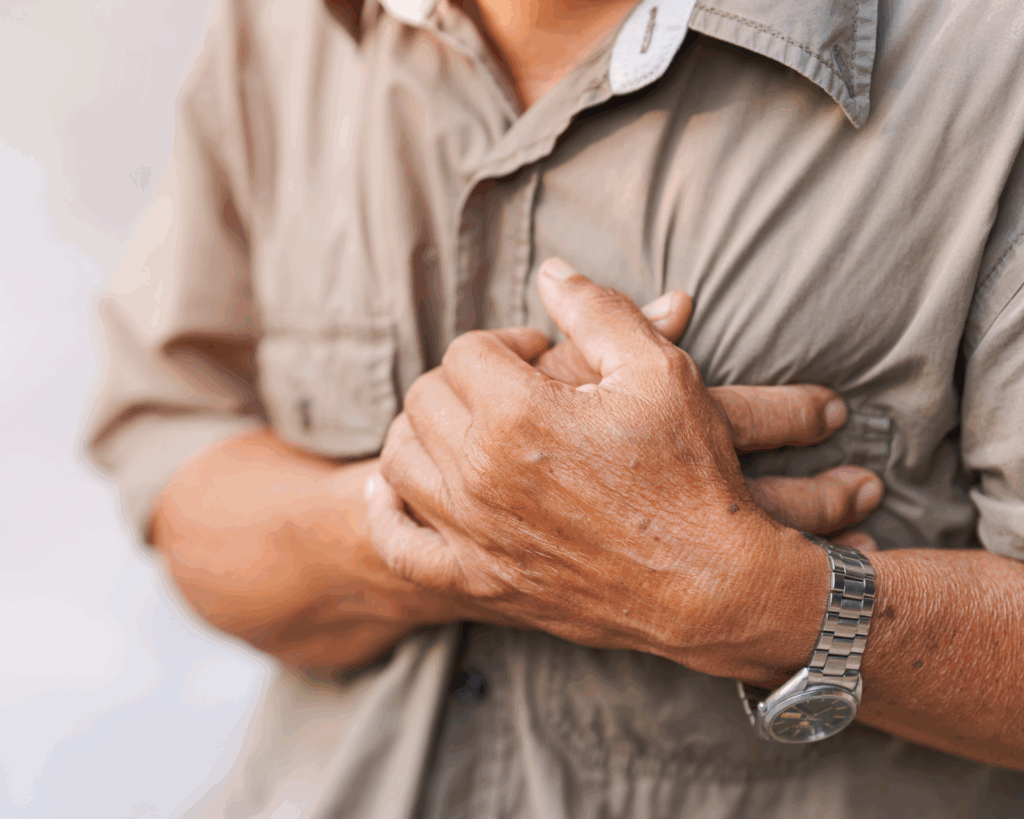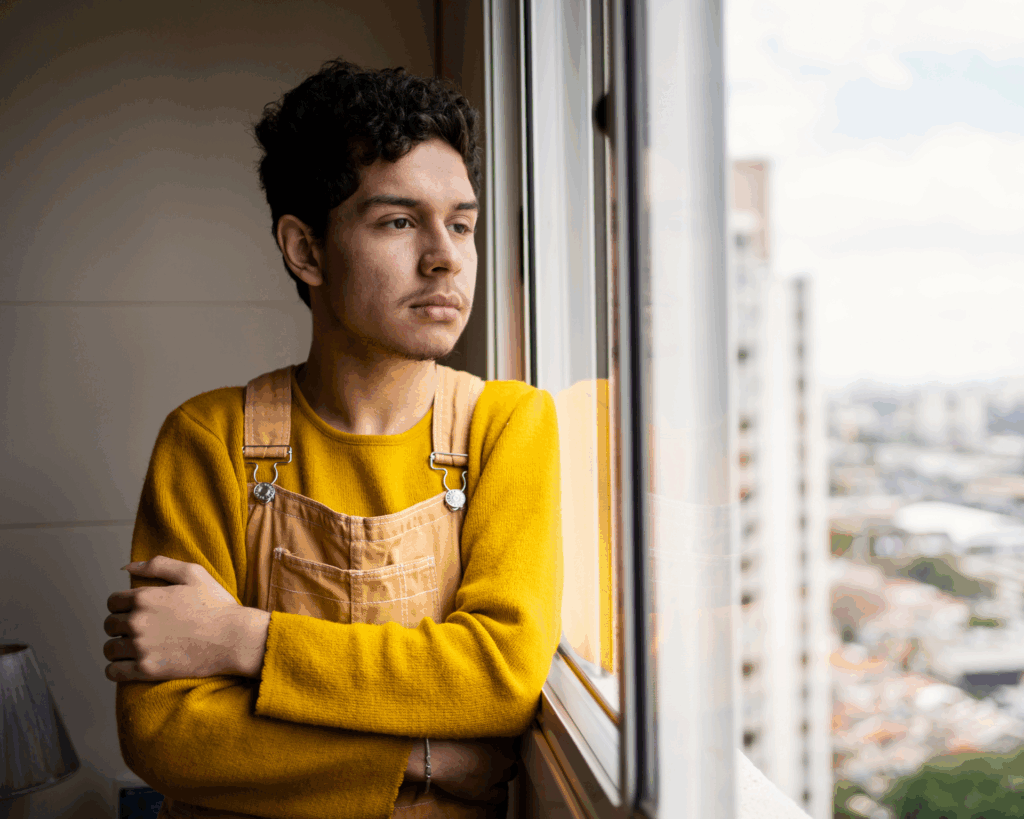The Roots of Wellness in Older Cancer Survivors
Cancer survivors who maintained a garden for one year were more likely to show key health improvements than those who did not.

Read Time: 3 minutes
Published:
For many older cancer survivors, the journey doesn’t end after remission. Regaining strength, vitality, and independence becomes a daily challenge. Aging, combined with lingering treatment effects, puts cancer survivors aged 65 and older at greater risk for physiological decline, secondary tumors, and other comorbidities. This age group alone makes up 67% of U.S. cancer survivors, making their long-term health a priority.
One surprising yet powerful way to support recovery and wellness among older cancer survivors is through gardening: a practical, accessible activity that promotes physical activity and mental resilience. As all gardening enthusiasts know, sinking your hands into soil, connecting with nature, and finding purpose in plant care can boost a sense of achievement and reduce stress. Time outdoors restores the mind and body; flowers draw pollinators; and fresh vegetables support a well-balanced diet.
Wendy Demark-Wahnefried and team conducted a clinical trial from 2016 to 2022 to assess whether vegetable gardening improved health outcomes among cancer survivors aged 65 and older in Alabama. They recruited survivors who had completed treatment for cancers with high survival rates, had not gardened in the past year, and ate less than 5 servings of produce daily.
Across eight cohorts, 381 participants were randomized to the gardening intervention or the waitlist control (who received the intervention after 1 year). Those in the intervention group maintained a home vegetable garden for 12 months, with monthly supplies and guidance from certified gardeners.

Survivors who gardened were more likely to show key improvements than those who did not. The graph illustrates gains across outcomes like physical fitness and produce intake in 5% increments. On average, gardeners increased vegetable and fruit intake by 0.3 servings per day, which was confirmed by higher blood a-carotene levels.
Gardeners also significantly improved lower body strength, averaging six more steps on a two-minute step test and nearly one additional repetition on a 30-second chair-stand test than non-gardeners. Healthy gut bacteria count and perceived health also rose among the intervention group, but not among the waitlist. Notably, participants who were within five years of their cancer diagnosis experienced the greatest benefit from the gardening intervention.
The results highlight the holistic value of gardening for older cancer survivors even under pandemic constraints, with small yet meaningful improvements in fitness, mobility, and well-being. The researchers call for additional research in non-pandemic conditions to more fully capture the scope of gardening’s benefits and how it supports recovery. Gardening is more than just a hobby—it may be a lifeline for older survivors to reclaim their health.



